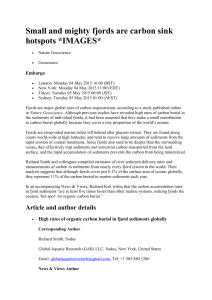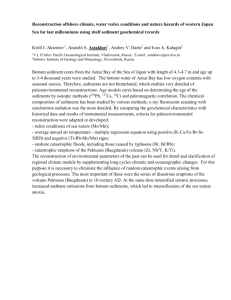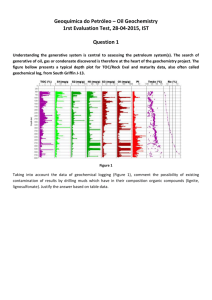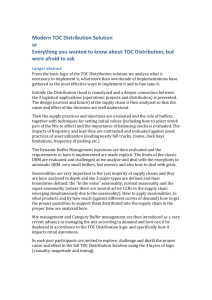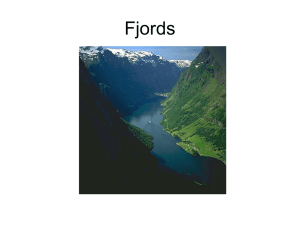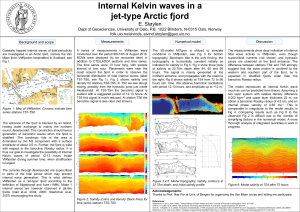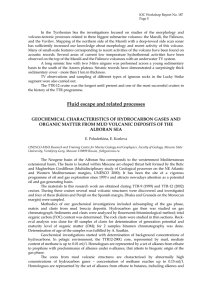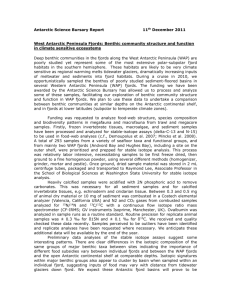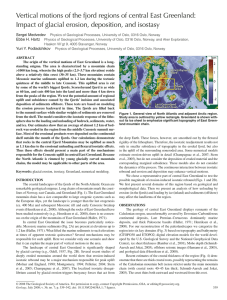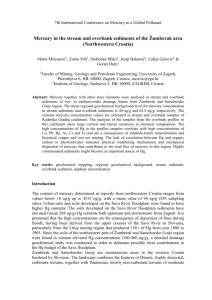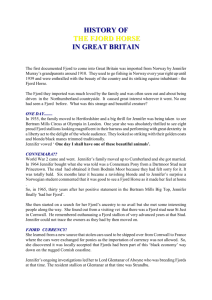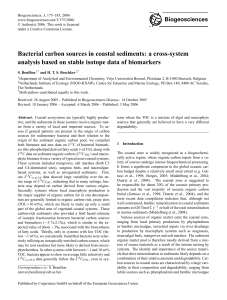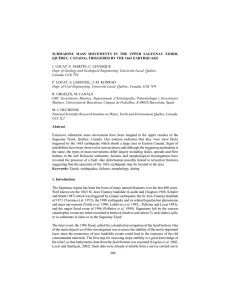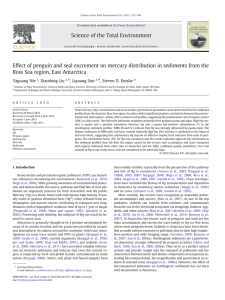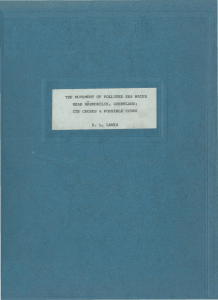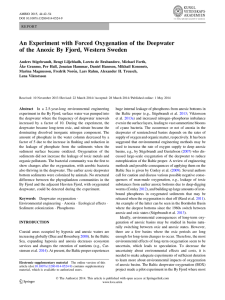Material properties and microstructure from
advertisement
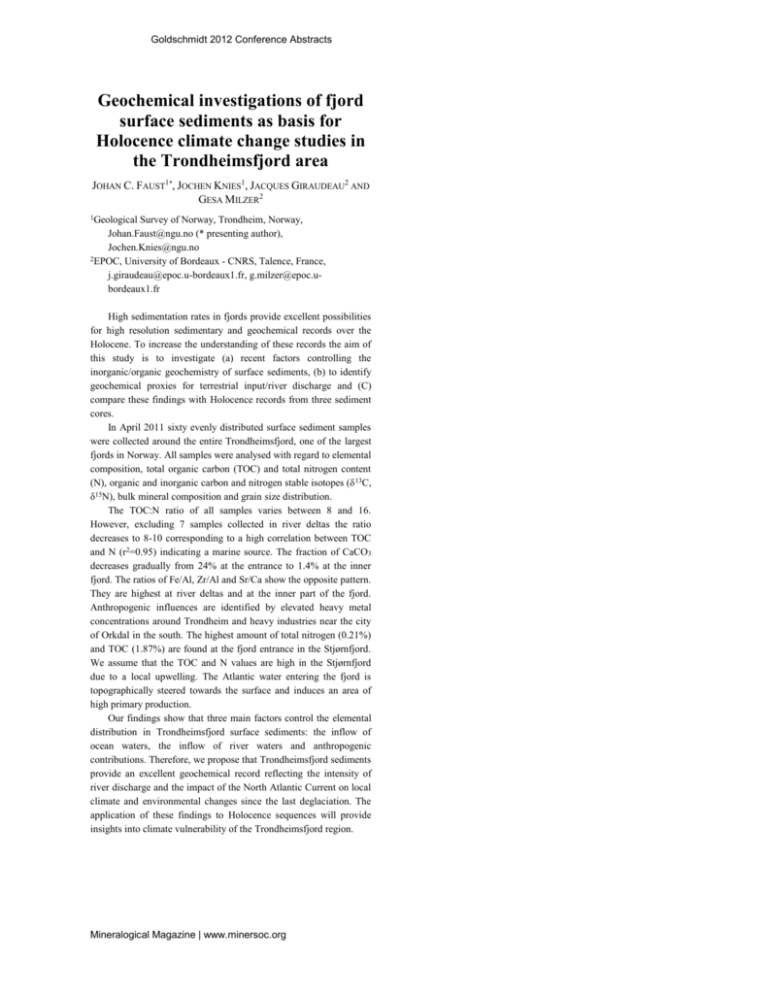
Goldschmidt 2012 Conference Abstracts Geochemical investigations of fjord surface sediments as basis for Holocence climate change studies in the Trondheimsfjord area JOHAN C. FAUST1*, JOCHEN KNIES1, JACQUES GIRAUDEAU2 AND GESA MILZER2 1Geological Survey of Norway, Trondheim, Norway, Johan.Faust@ngu.no (* presenting author), Jochen.Knies@ngu.no 2EPOC, University of Bordeaux - CNRS, Talence, France, j.giraudeau@epoc.u-bordeaux1.fr, g.milzer@epoc.ubordeaux1.fr High sedimentation rates in fjords provide excellent possibilities for high resolution sedimentary and geochemical records over the Holocene. To increase the understanding of these records the aim of this study is to investigate (a) recent factors controlling the inorganic/organic geochemistry of surface sediments, (b) to identify geochemical proxies for terrestrial input/river discharge and (C) compare these findings with Holocence records from three sediment cores. In April 2011 sixty evenly distributed surface sediment samples were collected around the entire Trondheimsfjord, one of the largest fjords in Norway. All samples were analysed with regard to elemental composition, total organic carbon (TOC) and total nitrogen content (N), organic and inorganic carbon and nitrogen stable isotopes (δ 13C, δ15N), bulk mineral composition and grain size distribution. The TOC:N ratio of all samples varies between 8 and 16. However, excluding 7 samples collected in river deltas the ratio decreases to 8-10 corresponding to a high correlation between TOC and N (r2=0.95) indicating a marine source. The fraction of CaCO3 decreases gradually from 24% at the entrance to 1.4% at the inner fjord. The ratios of Fe/Al, Zr/Al and Sr/Ca show the opposite pattern. They are highest at river deltas and at the inner part of the fjord. Anthropogenic influences are identified by elevated heavy metal concentrations around Trondheim and heavy industries near the city of Orkdal in the south. The highest amount of total nitrogen (0.21%) and TOC (1.87%) are found at the fjord entrance in the Stjørnfjord. We assume that the TOC and N values are high in the Stjørnfjord due to a local upwelling. The Atlantic water entering the fjord is topographically steered towards the surface and induces an area of high primary production. Our findings show that three main factors control the elemental distribution in Trondheimsfjord surface sediments: the inflow of ocean waters, the inflow of river waters and anthropogenic contributions. Therefore, we propose that Trondheimsfjord sediments provide an excellent geochemical record reflecting the intensity of river discharge and the impact of the North Atlantic Current on local climate and environmental changes since the last deglaciation. The application of these findings to Holocence sequences will provide insights into climate vulnerability of the Trondheimsfjord region. Mineralogical Magazine | www.minersoc.org
